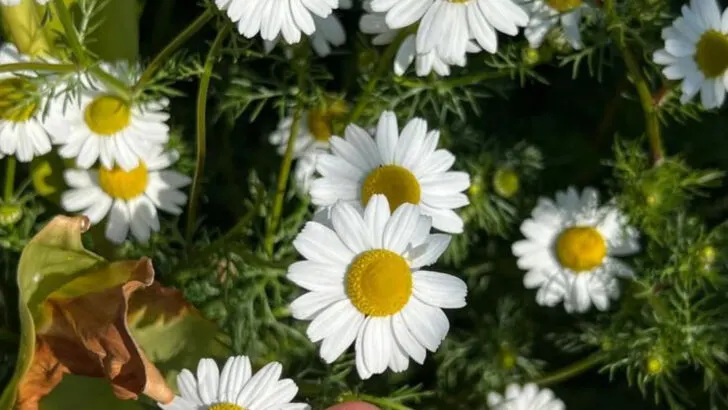When we think of edible flowers, it’s usually about adding a few petals to a salad or topping a dessert for decoration. But some flowers aren’t just pretty — they’re bursting with unexpected flavor that can rival fruits, herbs, or spices. From peppery snaps to sweet, floral bursts, these blooms deserve more than just a visual role on your plate.
What’s even better? Many of these flowers are easy to grow at home and can be harvested fresh just minutes before serving. Whether you’re a gardener looking to make use of what’s already in bloom or a foodie curious to try something new, these flowers pull double-duty as both garnish and ingredient.
Here are 15 flavor-packed edible flowers that might just become your new summer kitchen favorites — and yes, they taste even better than they look.
Nasturtium
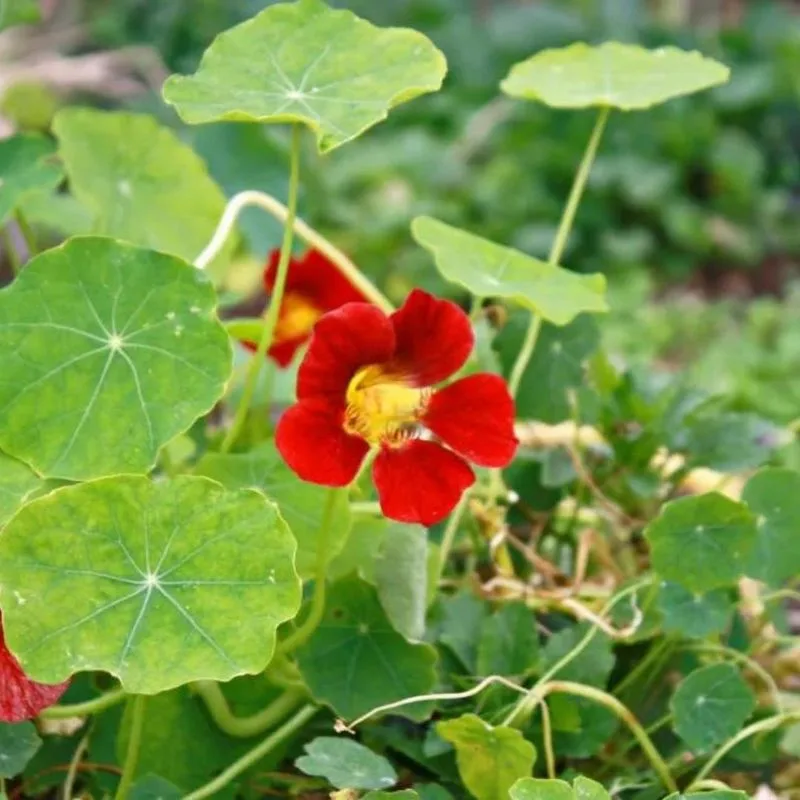
A burst of peppery zing defines nasturtiums, making them a favored choice among culinary enthusiasts. Their vibrant colors of red, orange, and yellow not only brighten a plate but also add a surprising kick reminiscent of radishes.
These blossoms are not just about aesthetics; their unique taste elevates salads and sandwiches with a spicy flair.
Did you know? Nasturtiums were used historically to treat scurvy due to their high vitamin C content. Their peppery punch makes them a versatile addition to various dishes.
Borage
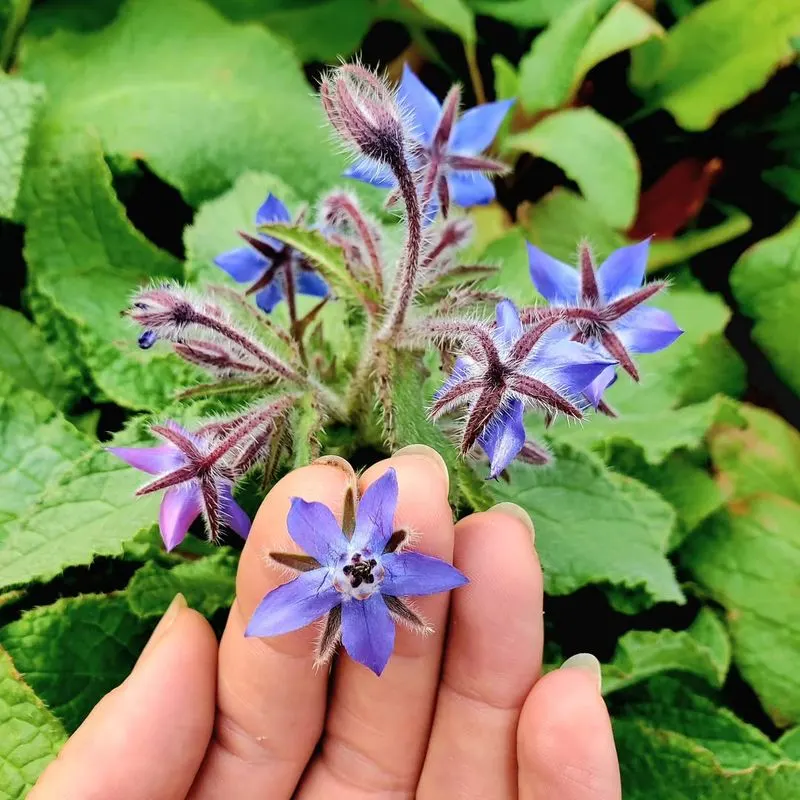
Known for its striking blue star-shaped flowers, borage offers a cool cucumber-like flavor that refreshes the palate.
These delicate blooms are a classic garnish for summer drinks and salads, providing both beauty and a subtle taste enhancement.
Borage has been historically associated with bravery, often used in medieval times to inspire courage. Its refreshing taste and vibrant appearance make it an exciting addition to culinary creations.
Calendula
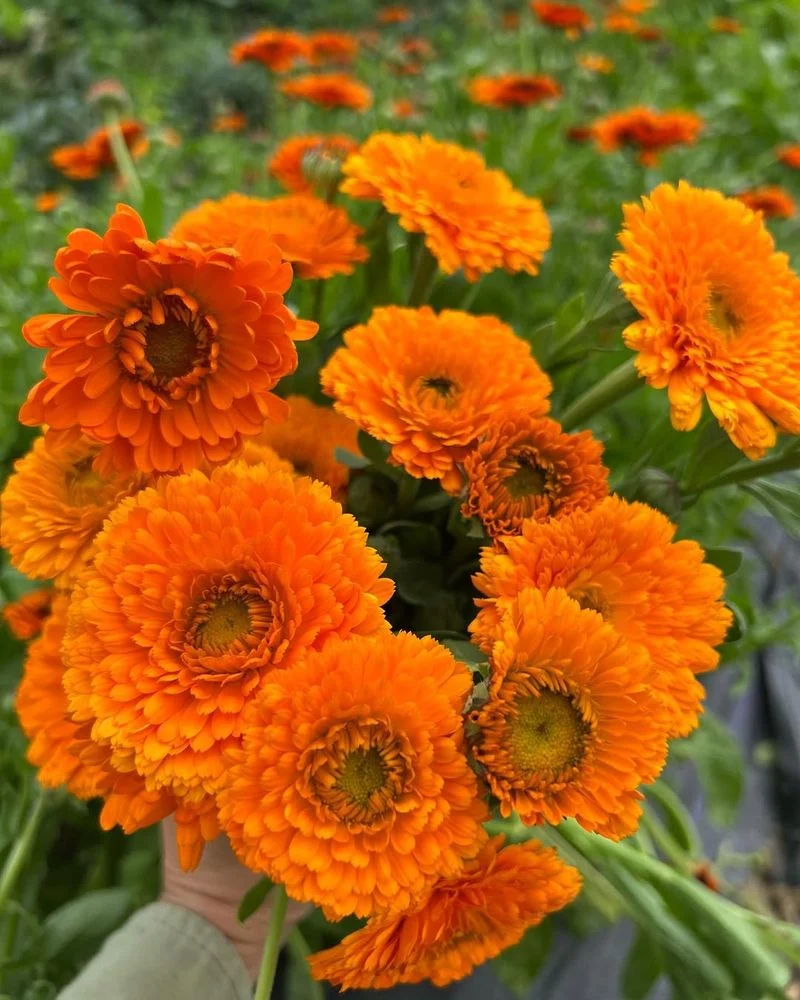
Also known as pot marigold, calendula brings a gentle saffron-like flavor to dishes, along with a splash of sunshine through its bright orange and yellow petals.
These flowers have traditionally been used in soothing teas and healing balms, but they also offer culinary versatility.
Calendula petals can be sprinkled over soups and stews, providing a mild earthy taste. Their rich color and subtle flavor make them a delightful addition to any meal.
Hibiscus
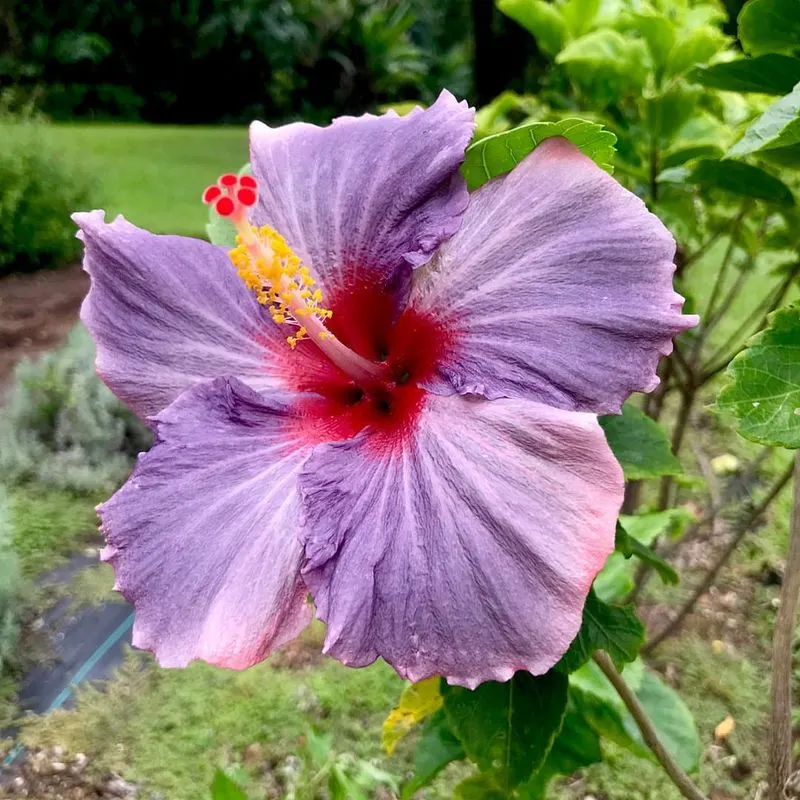
Tart and cranberry-like, hibiscus flowers are celebrated for their vibrant flavor and stunning ruby-red appearance.
Commonly used in teas and beverages, these flowers offer a refreshing tang that invigorates the senses.
Hibiscus has been enjoyed across cultures, from Mexican agua fresca to the Egyptian drink karkade. Its bold flavor and striking color make it a popular choice for culinary adventures.
Lavender
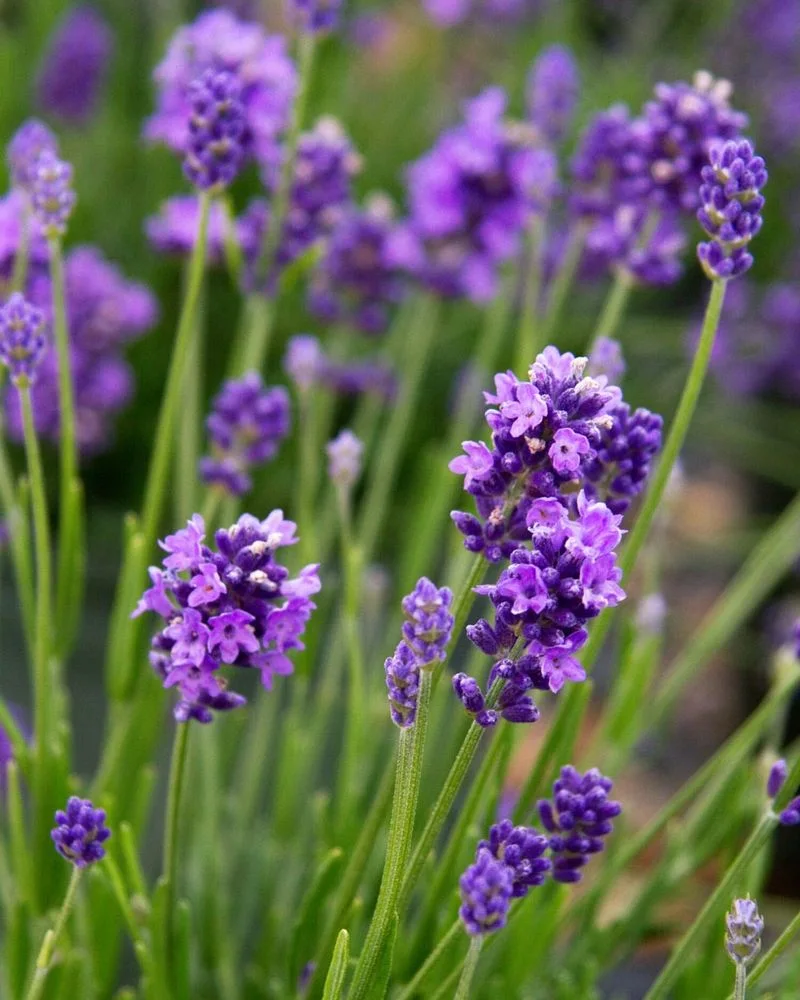
Renowned for its soothing scent, lavender adds a floral sweetness to both savory and sweet dishes.
Its delicate purple blooms are often used in baking, infusing cakes and cookies with a hint of the Mediterranean.
Lavender’s calming properties are well-documented, and its unique flavor profile makes it a versatile ingredient in the kitchen. From ice cream to roasted lamb, lavender invites creativity in culinary exploration.
Pansy
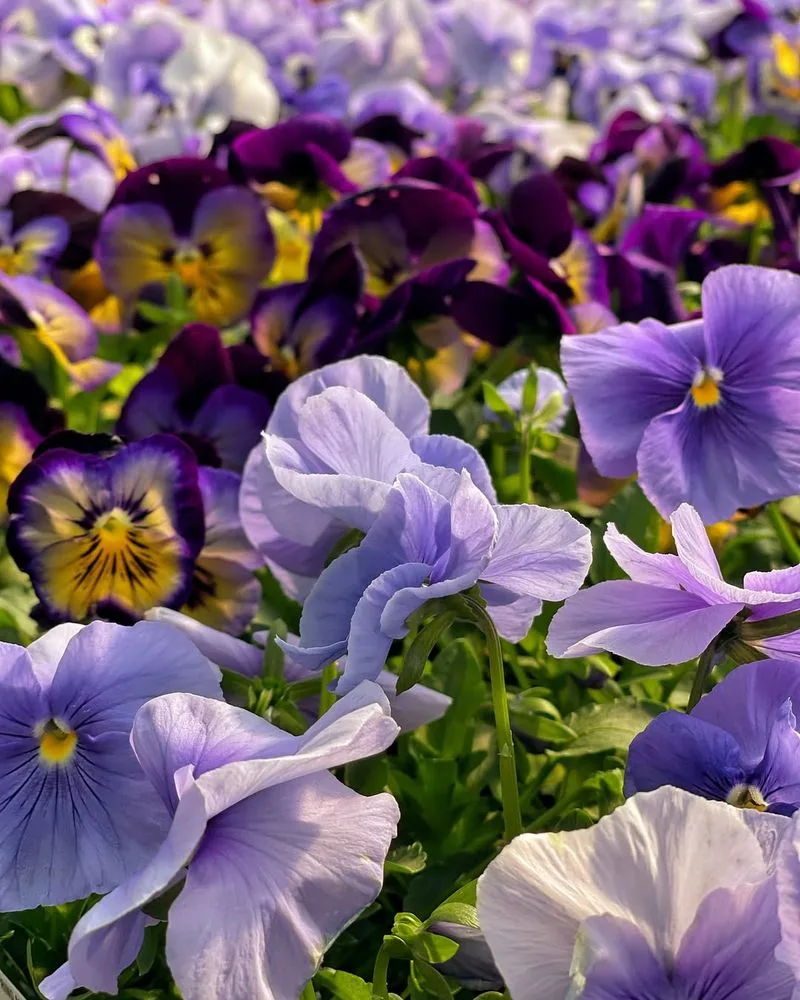
Pansies bring a mild, lettuce-like taste to the table, making them a delightful garnish for salads and desserts.
Their multicolored petals add visual appeal, enhancing the presentation of dishes with their cheerful hues.
Beyond their beauty, pansies have been used in herbal remedies for centuries. Their gentle flavor and vibrant colors provide culinary charm and historical intrigue.
Rose
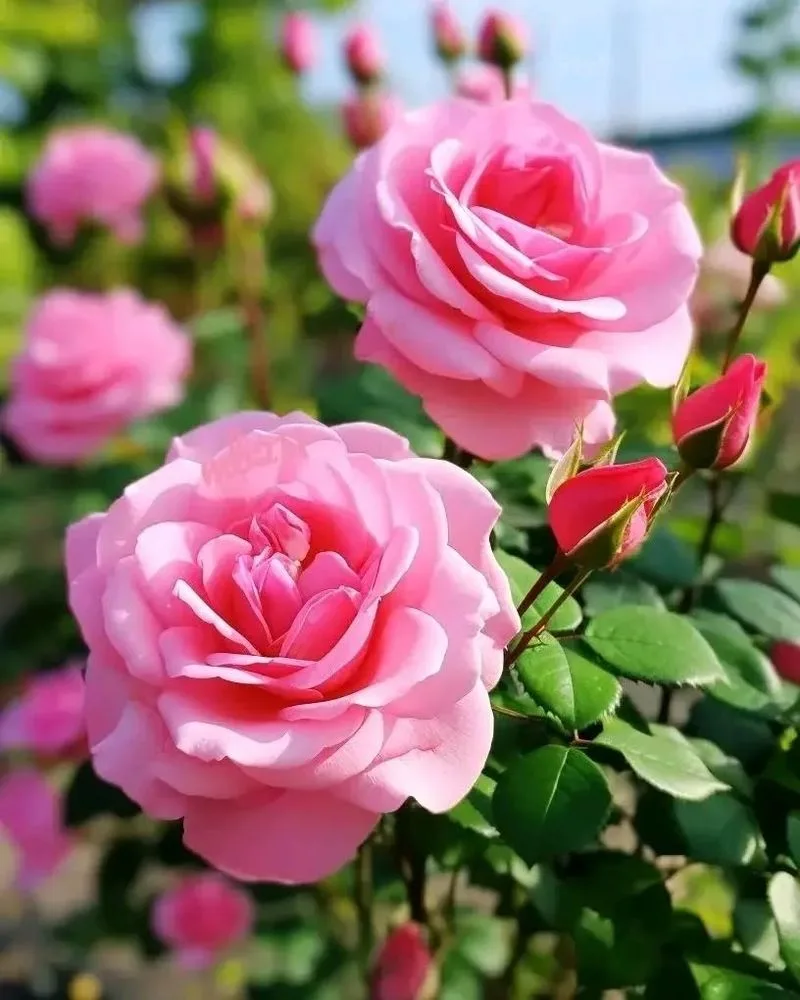
Few can resist the aromatic allure of roses, whose petals offer a subtle yet distinctive floral flavor.
Whether infused in syrups or crystallized for desserts, roses bring elegance and romance to the culinary world.
Across cultures, roses have symbolized love and beauty, and their delicate taste continues to inspire chefs and home cooks alike. Roses are as versatile in the kitchen as they are in the garden.
Chive Blossoms
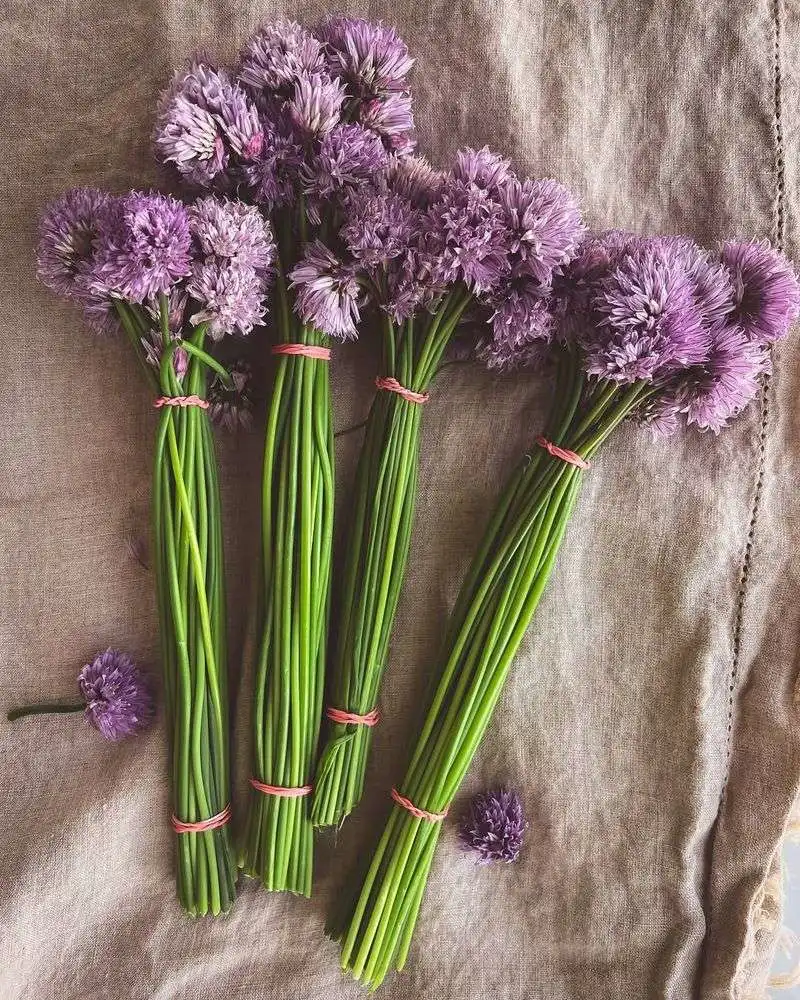
A whisper of onion wrapped in a flower, chive blossoms are a perfect complement to creamy dishes and salads.
Their lavender-hued petals offer a subtle onion flavor, enhancing the taste of a dish without overpowering it.
Chive blossoms are as functional as they are beautiful, providing both flavor and aesthetic appeal. In the kitchen, they add a fresh, mild bite that pairs beautifully with eggs, potatoes, and more.
Violet
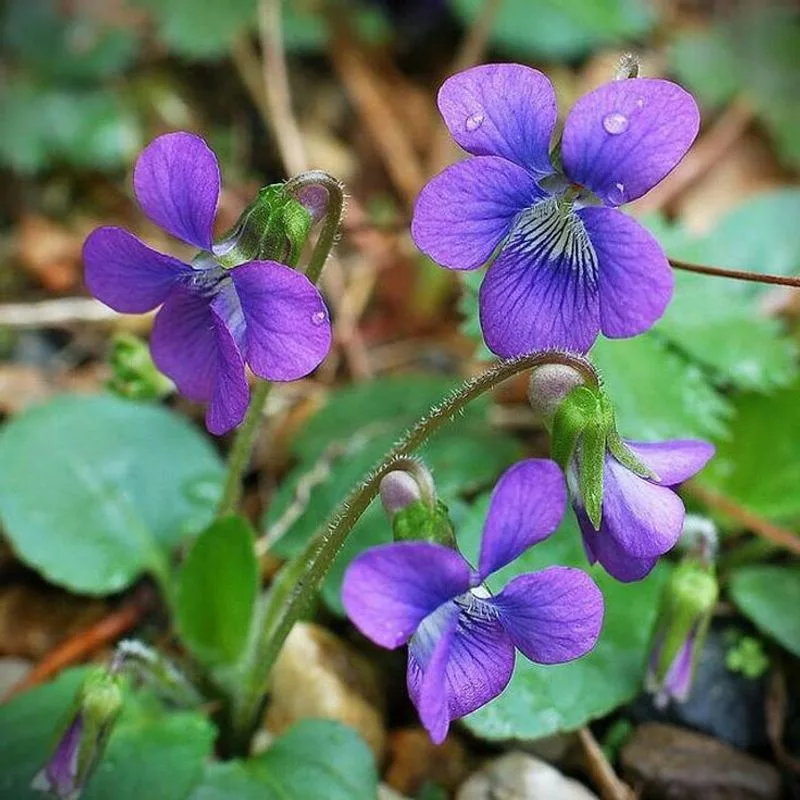
The sweet scent of violets is matched by their equally sweet flavor, which is often used in candies and syrups.
Beyond their culinary uses, violets have a rich history in traditional medicine, known for their calming properties.
These delicate flowers are often crystallized to adorn cakes and pastries, offering a touch of elegance and nostalgia. Their subtle sweetness makes them a treasured ingredient in both modern and traditional recipes.
Squash Blossoms
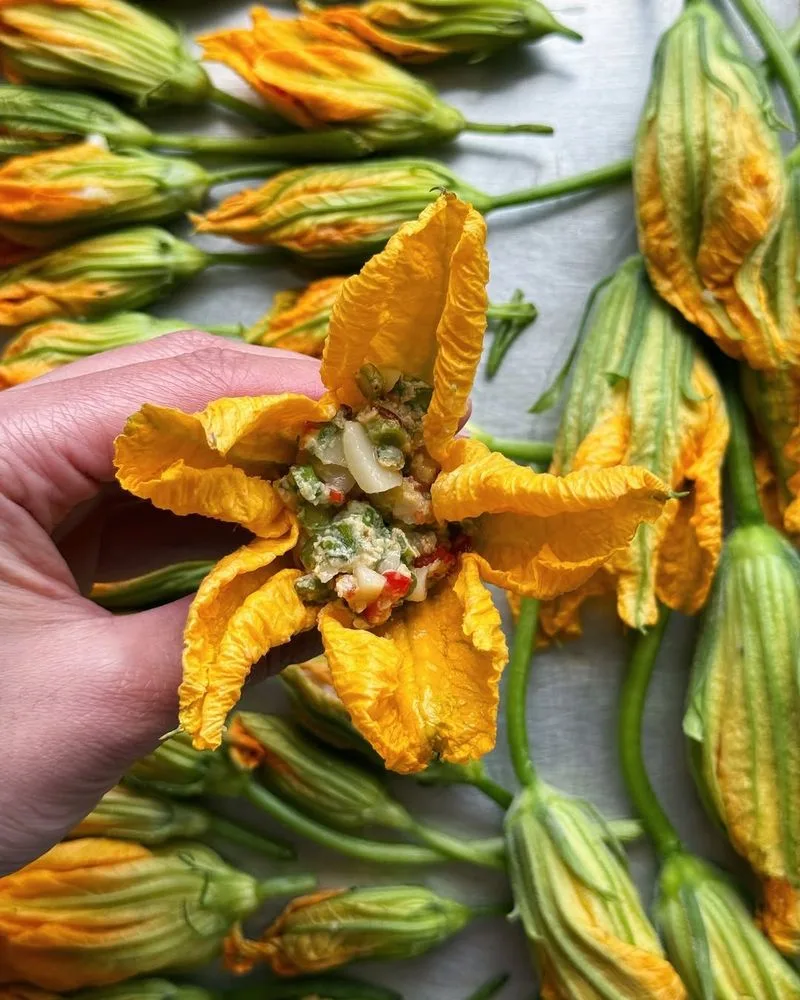
Squash blossoms delight with a mild, squash-like flavor, making them a versatile ingredient in both savory and sweet dishes.
Often stuffed with cheese or battered and fried, they offer a delicate texture and unique taste.
In Italian cuisine, squash blossoms are a cherished delicacy, celebrated for their fleeting availability. Their lightness and flavor make them a sought-after seasonal treat.
Elderflower
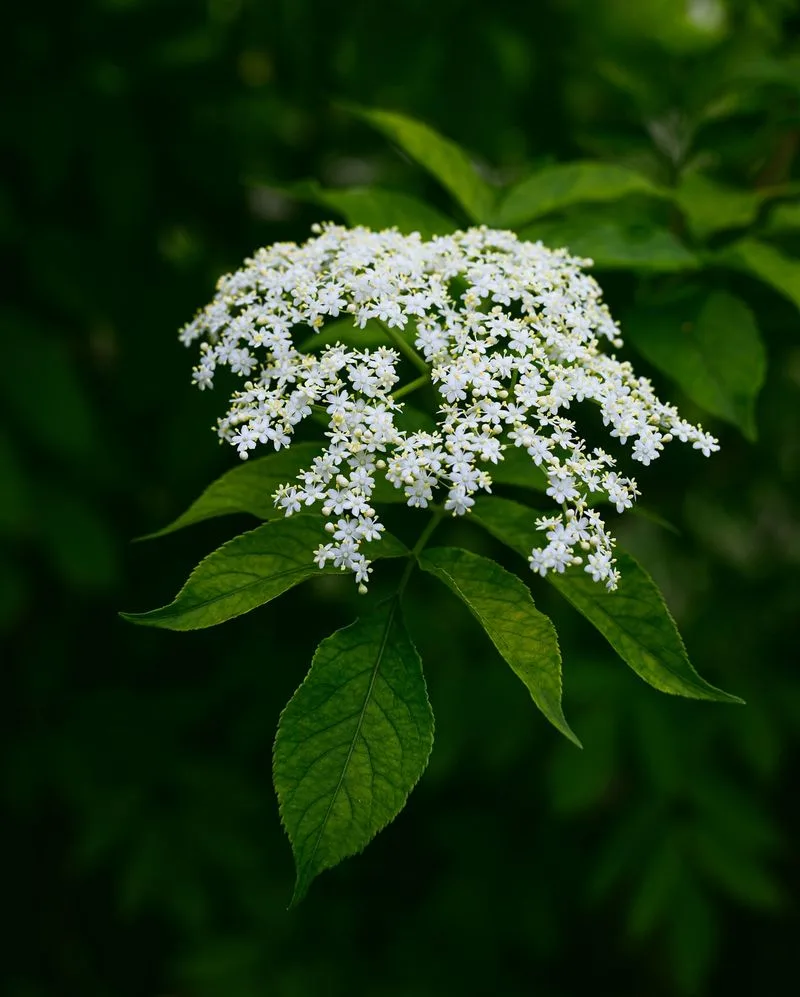
Elderflowers capture the essence of summer with their delicate floral notes and subtle sweetness.
Often used in cordials and desserts, these blossoms bring a light, refreshing taste to culinary creations.
Historically, elderflower has been praised for its medicinal properties, from teas to tinctures. Its fragrant blooms add a gentle complexity to drinks and desserts alike, marking the beginning of summer with each taste.
Dandelion
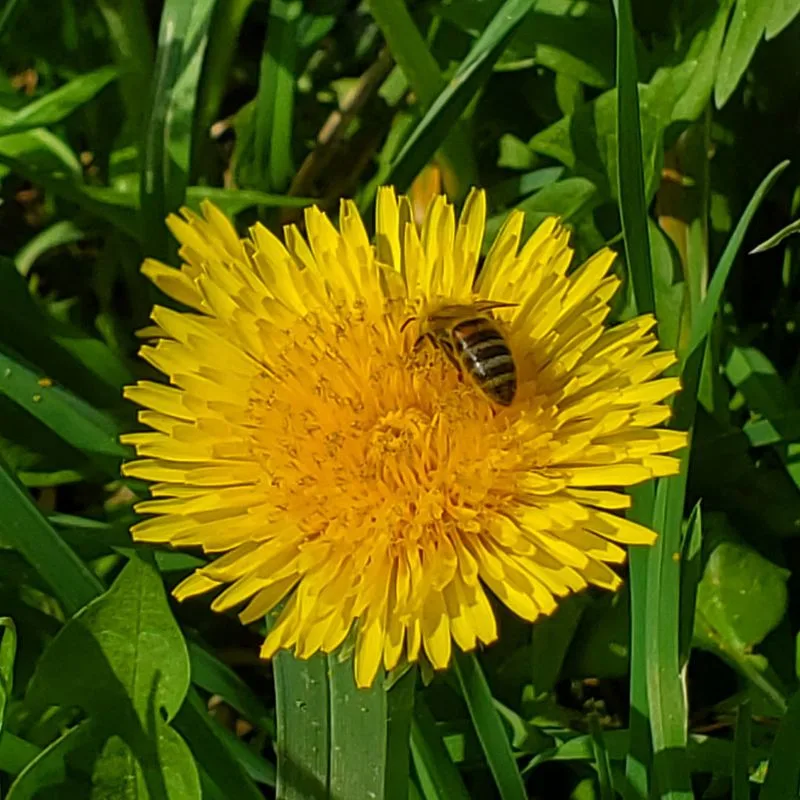
Often overlooked as a mere weed, dandelions surprise with their mild, honey-like flavor and myriad uses in the kitchen.
From salads to fritters, these bright yellow flowers offer a taste reminiscent of greens with a hint of sweetness.
Dandelions have been used in folk medicine for centuries, celebrated for their detoxifying properties. Their unexpected flavor and versatility make them a hidden gem in the world of edible flowers.
Fuchsia
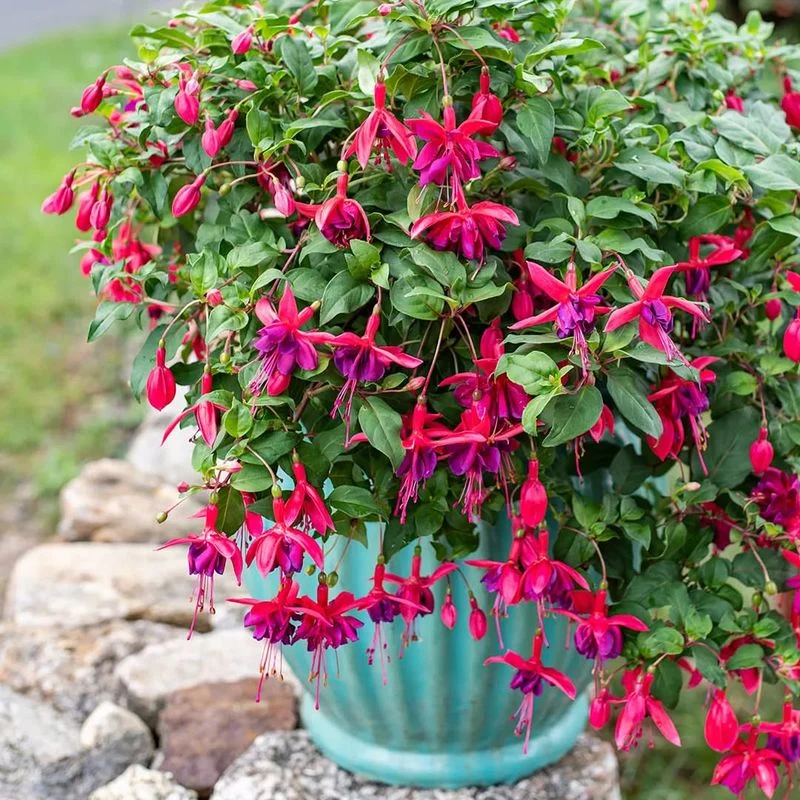
The eye-catching blossoms of fuchsia bring a tart, citrus-like flavor that surprises the palate.
Used in jams, jellies, and salads, these flowers offer a vibrant taste that pairs well with sweet and savory dishes.
Fuchsias are often grown for their ornamental beauty, yet their edible qualities add another layer of intrigue. Their bold flavor and striking appearance make them a delightful addition to culinary creations.
Bee Balm
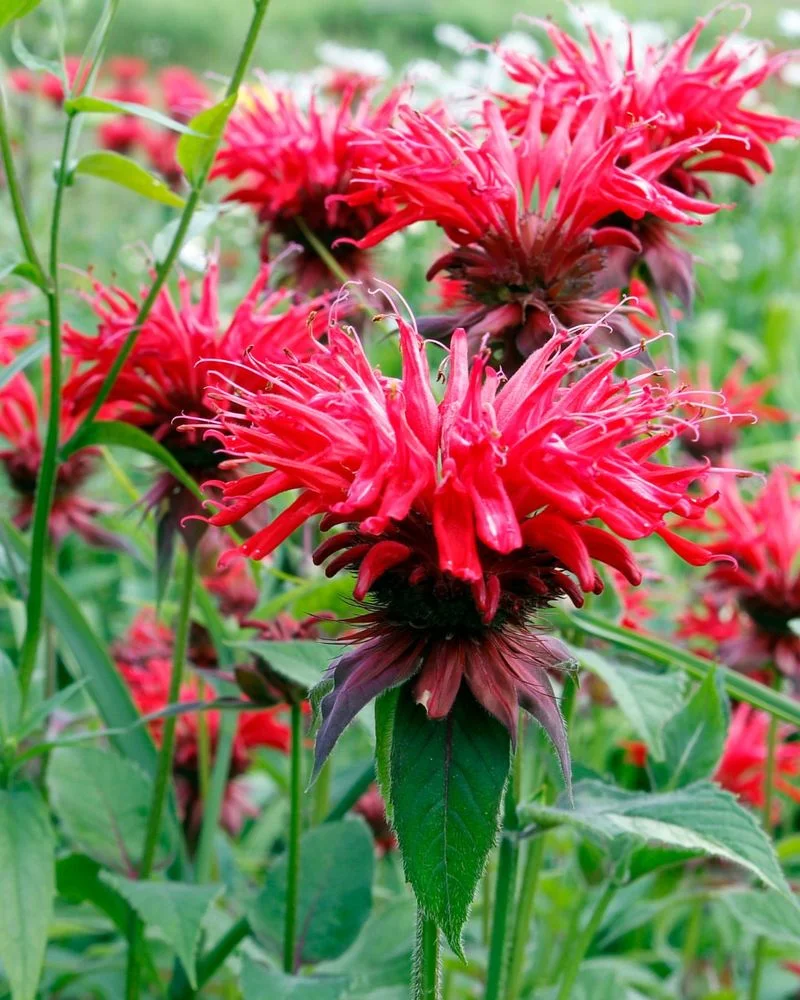
Bee balm introduces a citrusy, minty flavor that enlivens teas and salads with its refreshing notes.
Its spiky blooms not only attract pollinators but also add a splash of color and zest to culinary dishes.
Native to North America, bee balm has been used by indigenous peoples for its medicinal properties. Its unique taste and vibrant appearance make it a cherished component of the edible flower palette.
Chamomile
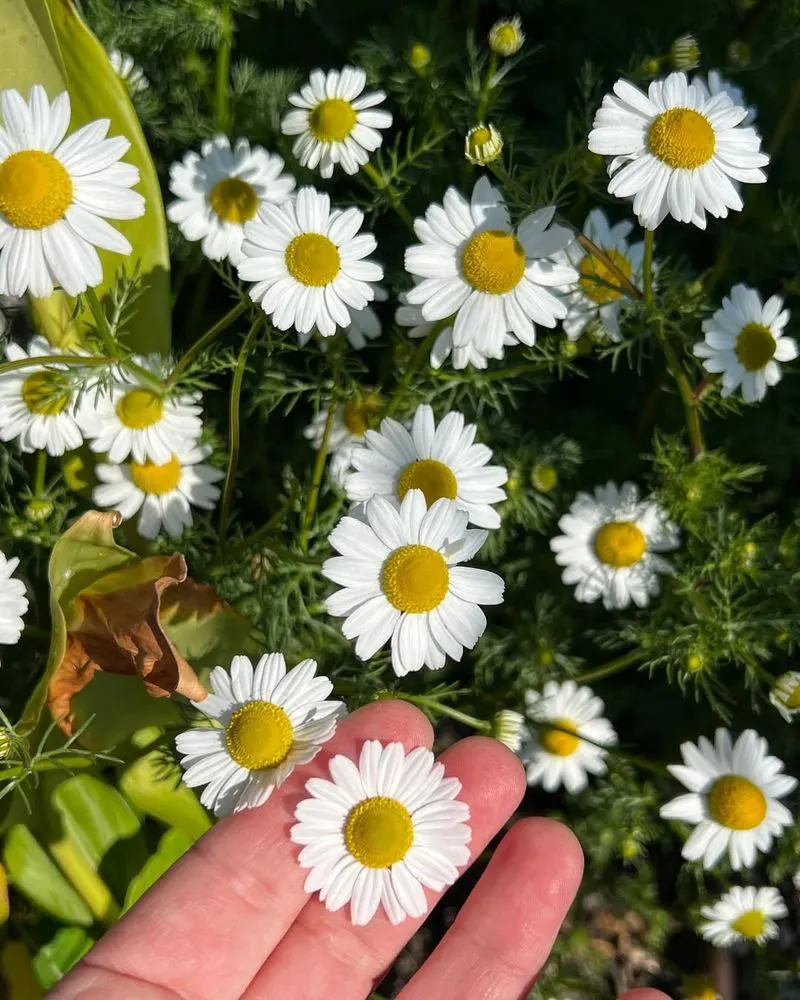
Chamomile’s apple-like sweetness and gentle floral notes offer a soothing touch to teas and desserts.
These daisy-like flowers are renowned for their calming effects, often used to unwind and relax.
In the culinary world, chamomile’s subtle flavor enhances cakes, cookies, and even savory dishes. Its comforting aroma and taste make it a beloved choice for those seeking tranquility in their culinary creations.

